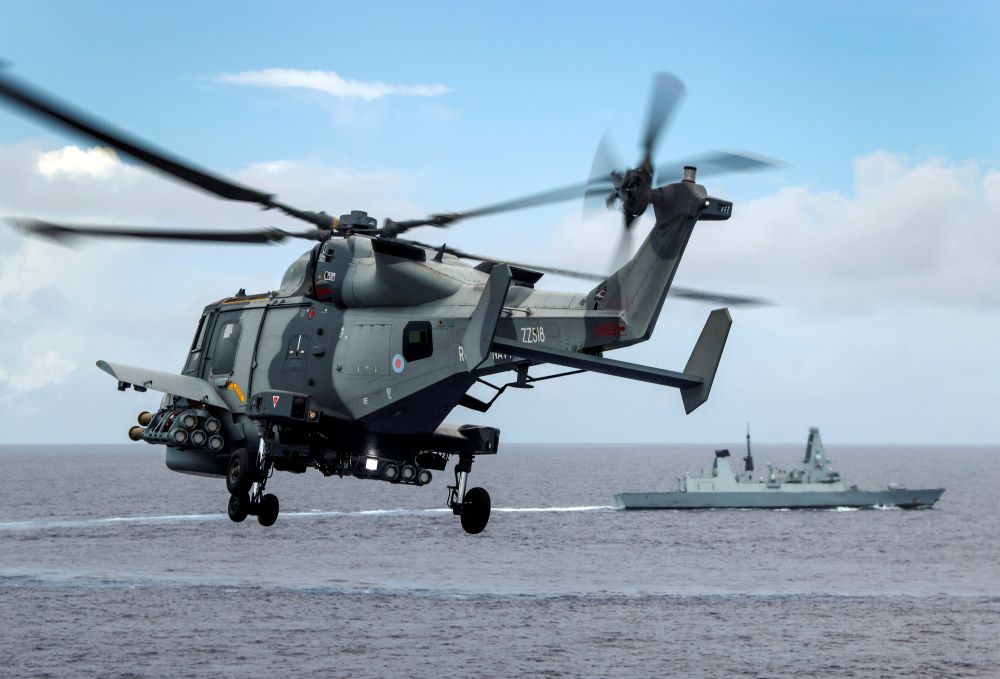ASTRID 263 - Air expendable countermeasure TSR tool development

Background and requirement
A decision support tool had previously been developed by Dstl to model stockpile requirements for Air Expendable Countermeasures (CM). The tool was developed to meet the user requirements at the time of development and was not designed for long-term use.
Since development of the original modelling tool, new user requirements and data has been identified, raising a need to update the model. Dstl commissioned ASTRID 263 to develop an enhanced Air Expendable Countermeasure Stockpile Calculation Tool, this update has been led by TP Group.
Approach
TP Group approached the task through a series of work packages which formalised the model development process. Initially these focussed on: (1) Research and familiarisation where we reviewed the legacy model and methodology applied (referred to as Waymarker) and undertook interviews with logistics SMEs to identify new data requirements; and (2) Capturing the model requirements, and design, in a Model Requirements Document and Model Design Document.
Once the scope and design were agreed, TP Group implemented the model using Microsoft Excel and Power BI to ensure the model could run across a range of MOD operating environments. The model comprised several simplified input tables which allow the user to define future operating scenarios, air platforms, and countermeasures (which, once combined, are used to calculate the operational CM demand). Additional tables were included to consider non-operational demands (for example training and maintenance). Results from the model were presented in an interactive Power BI dashboard, which utilised filters so that the analyst could easily select different combinations of scenarios occurring over a 3-year window (with the results automatically updating to reflect the user’s selection).
As part of the model handover activity, TP Group produced a Test Script to formally test, verify and validate the model on MOD IT, as well as other supporting documentation in accordance with Dstl model development processes (User Guide and Logbook).
Outcome
Through this study, TP Group has maintained and enhanced Dstl’s capability to model and visualise future CM demand based upon operational and non-operational factors.